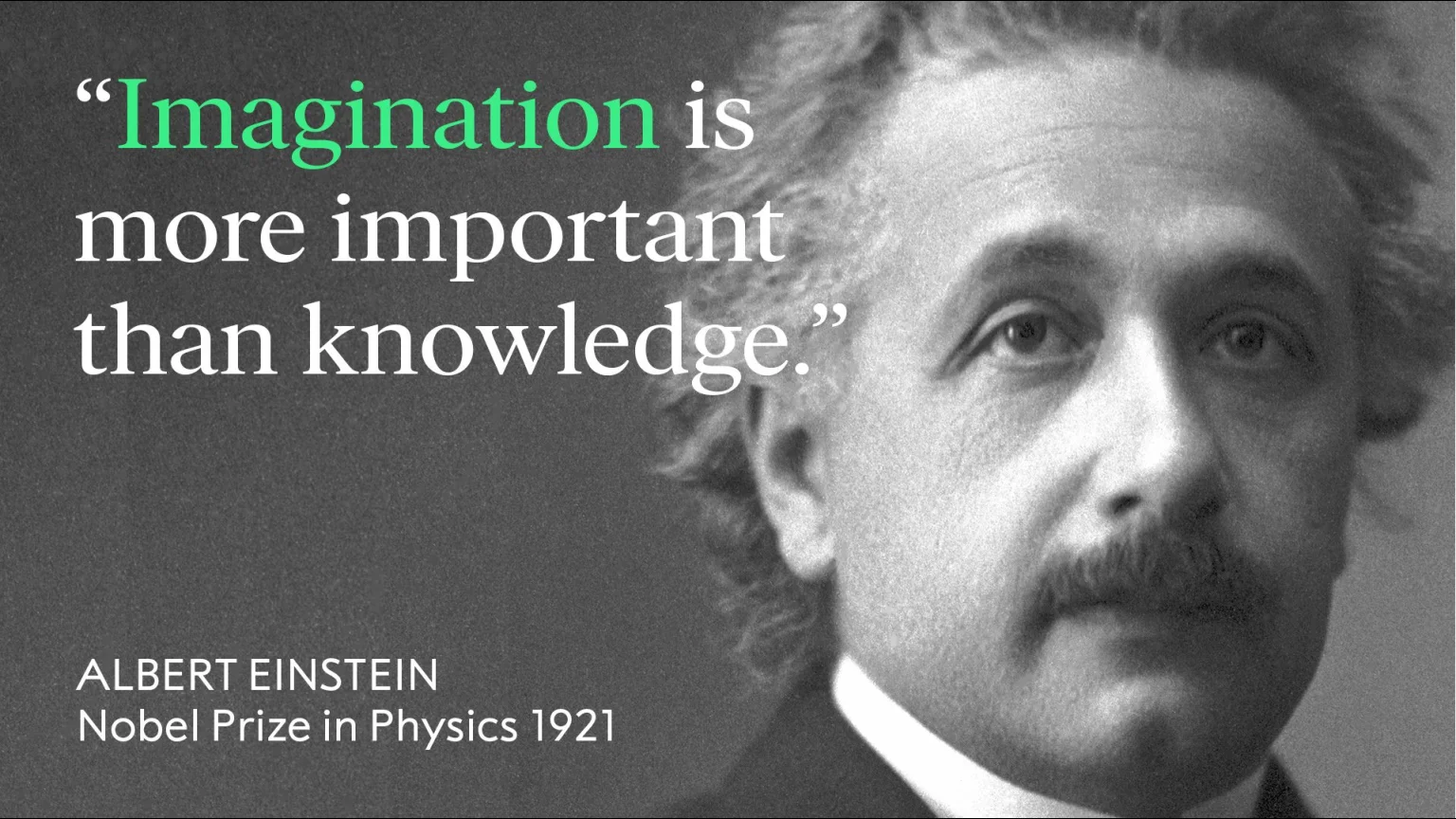
“Imagination is more important than knowledge” is often taken to mean that your conceptions outweigh what’s real. That’s not what he said.
- Although many Einstein quotes that appear on the internet are complete fabrications or misattributions, “Imagination is more important than knowledge” is totally real.
- It’s often interpreted to mean that having knowledge isn’t particularly important, but that being able to imagine and embrace novel possibilities is the true mark of genius.
- That’s not only a misunderstanding about what Einstein actually meant, it contradicts what he explicitly said if you read the rest of the quote, in context. Here’s what it truly means.
Which do you think is more important for your own life: imagination or knowledge?
What about for the life of a scientist, like a theoretical physicist? Is imagination or knowledge more important for them?
If you’ve ever seen a poster of Einstein with a quote on it, there’s a very good chance that the quote simply says, “Imagination is more important than knowledge.” Although that quote is indeed correctly attributable to Einstein, most people completely misinterpret its meaning.
When you hear it, you might picture weighing “what you know” on one side of your mental scale, and weighing “what you can imagine” on the other side. When the scales balance out, the “what you can imagine” side turns out to be weightier, at least in terms of importance. This is how most people view Einstein’s quote, and it’s almost reassuring in a way: to imagine that perhaps the greatest genius in all of human history downplays the importance of any one individual’s cumulative knowledge set, while instead favoring simply what we can concoct in our own imaginations.
As it turns out, though, that’s not at all what Einstein was talking about, nor what the statement “Imagination is more important than knowledge” actually referred to. Here’s what’s actually behind the most misunderstood Einstein quote of all-time.

The scientific contributions of Einstein
To understand what Einstein was talking about when he uttered those famous words, the first thing we need to keep in our minds is the relevant background: the decades of work and research that vaulted him to global prominence. By the late 1800s up through the very first part of the 1900s, right at the time when Einstein was first learning physics, there were a few important clues that our classical picture of the Universe, dominated by Newtonian gravity and Maxwell’s electromagnetism, weren’t all there was to the Universe. Sure, they were incredibly successful, but there were a few nagging problems that didn’t quite make sense.
- Newton’s laws of motion no longer held at speeds close to the speed of light: distances were known to be contracted and time durations were known to be dilated.
- The Michelson-Morley experiment, designed to measure the speed at which Earth moved relative to the “medium” through which light travels, found a null result: observations were independent of Earth’s motion.
- Mercury’s orbit was precessing slightly faster than expected. New planets, a massive solar corona, and even a modification to Newton’s laws of gravity were suggested as potential solutions.
- Light, which was known to interfere and diffract like a wave, needed to be quantized into individual “energy packets” to explain the properties of stars like the Sun.
- And the age of the Earth, as computed from geological factors observed on our planet, was estimated to be several billions of years old: longer than any known physical mechanism could explain the duration of luminous emission from the Sun.
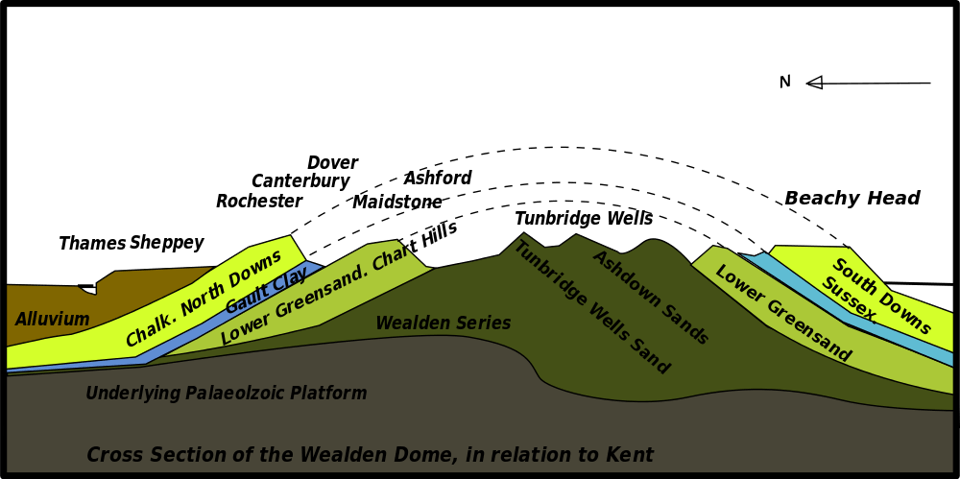
This was the state of the cutting edge of physics when Einstein first came onto the scene. In 1905, often called his “miracle year,” Einstein put forth a series of profound papers that addressed a number of these points. Knowing the behavior of light under Maxwell’s description — that it was a propagating electromagnetic wave, with oscillating, alternating, in-phase electric and magnetic fields — Einstein tried to imagine what it would be like to follow behind that wave, as quickly as possible.
He realized that seeing a slower version of these oscillating, in-phase fields would never physically occur, and instead flipped the problem on its head, imagining “What if everyone, everywhere, who ever saw light saw it moving at the same universal speed: the speed of light?”
It was through considering this line of thought that he hit upon the foundation for the special theory of relativity: that the speed of light was constant, and observers at different locations, moving at different speeds, all had their own unique definitions for what constituted “distances” or “durations of time.” The result is known as special relativity today and allows observers in any frame of reference to “translate” their observations into understanding precisely what any other observer in any other frame of reference would see according to their perspective.
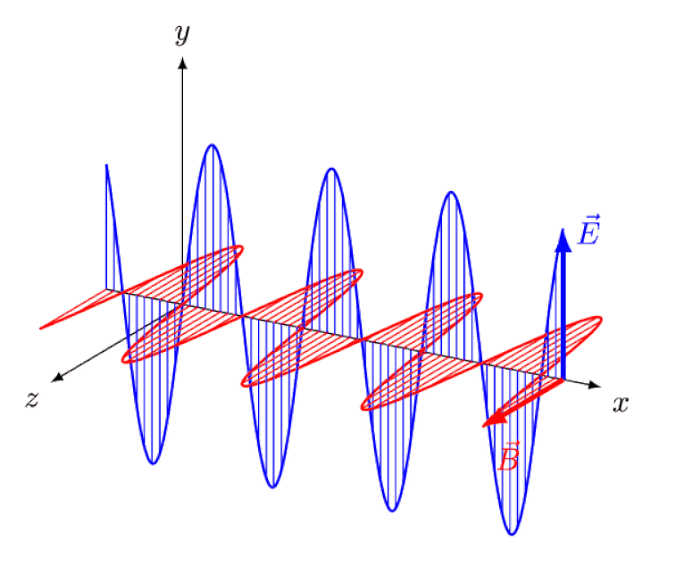
The fact that the amount of energy in each “quantum” of light had to take on a specific, finite value — discovered by Max Planck in 1900 — led Einstein to predict the photoelectric effect. In addition to viewing light as a wave, Planck showed it could also be viewed as a particle, or photon, with an inherent amount of energy specific to each photon. Since it takes a certain amount of energy to “kick” an electron off of an atom, or off of a conducting metal surface in the specific case of Einstein’s consideration, Einstein predicted that light that was below a certain energy-per-photon threshold would be unable to liberate any electrons, while any light above that threshold would be able to do exactly that.
Einstein conducted his experiment to test this precisely, shining light of different wavelengths with varying intensities onto an electron-rich conducting metal. When he used long-wavelength light, no electrons were kicked off of it, no matter how great he turned up the intensity of that light. But once the wavelength of light shortened to be shorter than a specific threshold, the kicked-off electrons began to arrive in the detector. Greater intensity of that short-wavelength light resulted in more electrons getting kicked off, but no matter how low the intensity was turned down, light of those short wavelengths always freed up electrons. In that one experiment, Einstein had discovered the photoelectric effect.
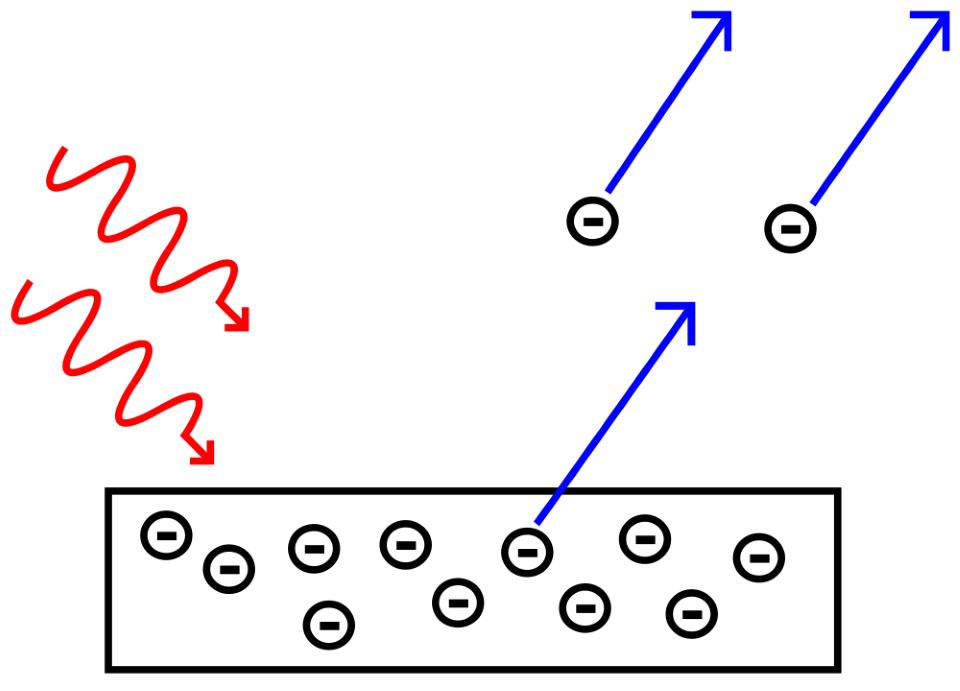
Upon discovering his famous equation, Einstein soon realized that it had implications far beyond every massive object in the Universe having a “rest mass.” That when very heavy elements radioactively decayed, they broke apart into lighter, more stable elements, and also released energy exactly as Einstein’s equation (E = mc²) dictated. The reverse should also be possible: you should be able to “fuse” very light elements together to create heavier ones, releasing energy via E = mc² in the process, and that a chain reaction of splitting heavy elements (i.e., nuclear fission) could release energy on Earth like no other terrestrial reaction.
This process, of mass-energy conversion, not only would wind up explaining how the Sun powers itself (via nuclear fusion) over multi-billion year timescales, solving the paradox of Earth’s old age, but would lead to the development of the first atomic bomb. If there’s one equation that most people know when it comes to Einstein, it’s that one: E = mc², which not only quantitatively explains the relationship between mass and energy, but which plays a central role even in present-day nuclear and particle physics.
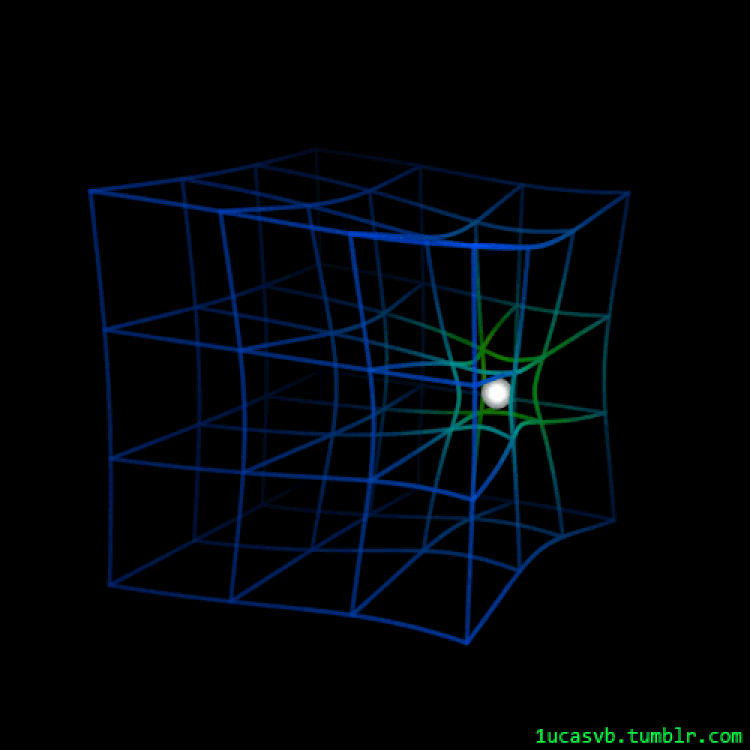
And finally, in perhaps his most groundbreaking contribution of all, Einstein completely changed the way we look at gravitation in the Universe. His big idea was that what we experienced as gravitation — the force of attraction between any two masses — was fundamentally different than any other type of acceleration, or change in motion. The only difference was that, instead of moving through implicitly flat, uncurved space (an unspoken assumption in special relativity), that space-and-time were woven together into a fabric known as spacetime (a fact discovered by Hermann Minkowski, Einstein’s former professor), and that fabric curved in response to not only mass, but all forms of energy.
After years of developing this theory, Einstein was able to explicitly calculate predictions for the amount of Mercury’s precession: a calculation put forth in 1915. Those predictions matched the observations exquisitely, and Einstein furthermore showed that in weaker gravitational regimes, General Relativity’s predictions simply reduced to Newtonian predictions. He then went a step further and calculated a novel prediction: how light from stars would be deflected near the Sun during a total solar eclipse. The observational confirmation of his predictions during the 1919 solar eclipse cemented General Relativity’s role as our new, best theory of gravity: a status it retains even today, more than 100 years later.
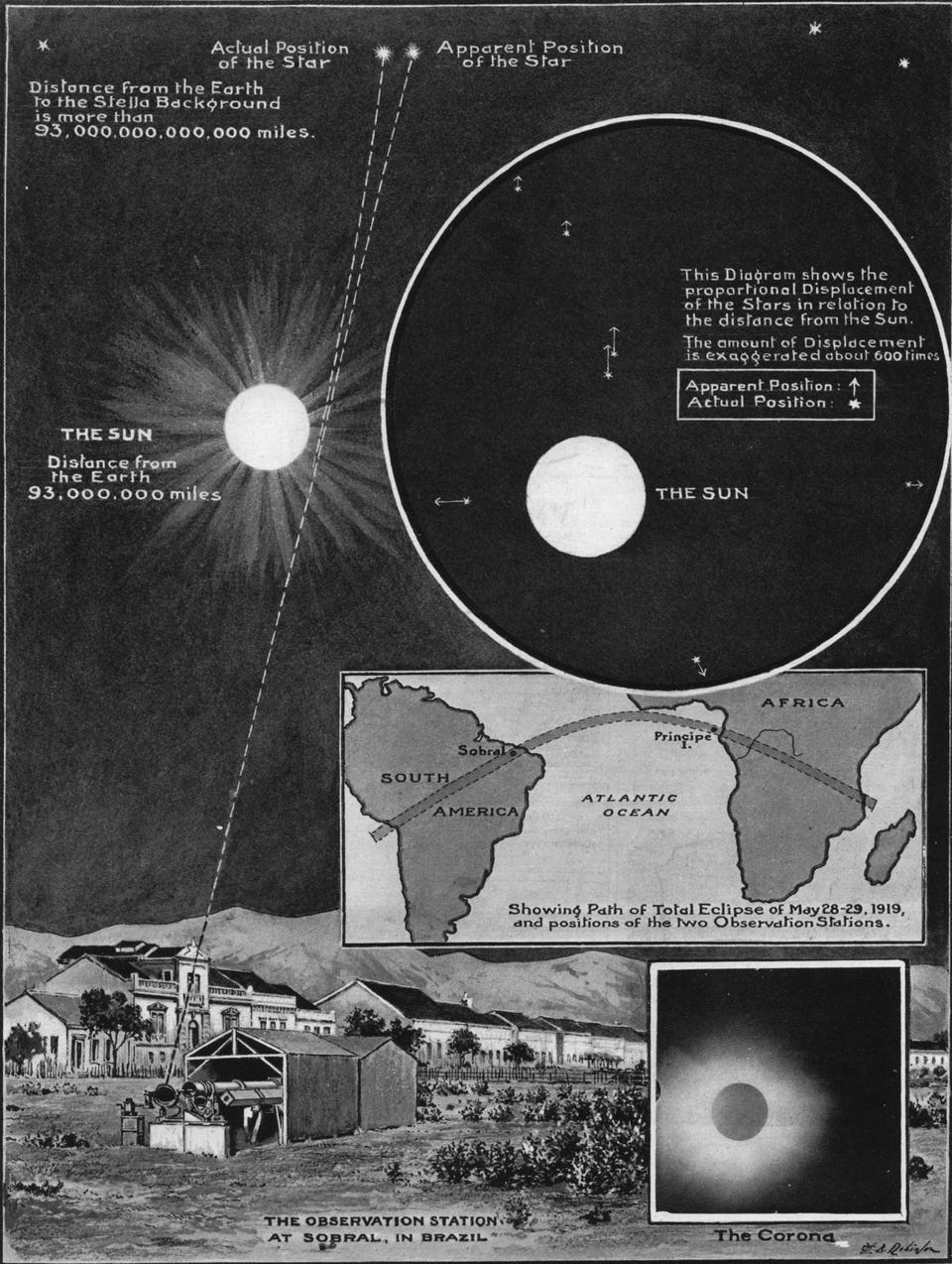
The full famous quote, in context
Although Einstein would go on to write many more influential papers, the discovery of General Relativity would always loom as his most colossal scientific achievement. In 1929, while being interviewed for the Saturday Evening Post by George Sylvester Viereck, the following exchange occurred:
Einstein: “I believe in intuitions and inspirations. I sometimes feel that I am right. I do not know that I am. When two expeditions of scientists, financed by the Royal Academy, went forth to test my theory of relativity, I was convinced that their conclusions would tally with my hypothesis. I was not surprised when the eclipse of May 29, 1919, confirmed my intuitions. I would have been surprised if I had been wrong.”
Viereck: “Then you trust more to your imagination than to your knowledge?”
Einstein: “I am enough of the artist to draw freely upon my imagination. Imagination is more important than knowledge. Knowledge is limited. Imagination encircles the world.”
In other words, the first time this quote appeared, it was in the context of Einstein believing that he knew how an experimental/observational result would turn out before it was conducted, on the basis of the previously-established success of his theory. It wasn’t a foregone conclusion, but he chalked up his physical intuition about a yet-to-be-determined measurement to “imagination,” rather than “knowledge,” in response to a leading question from a reporter.
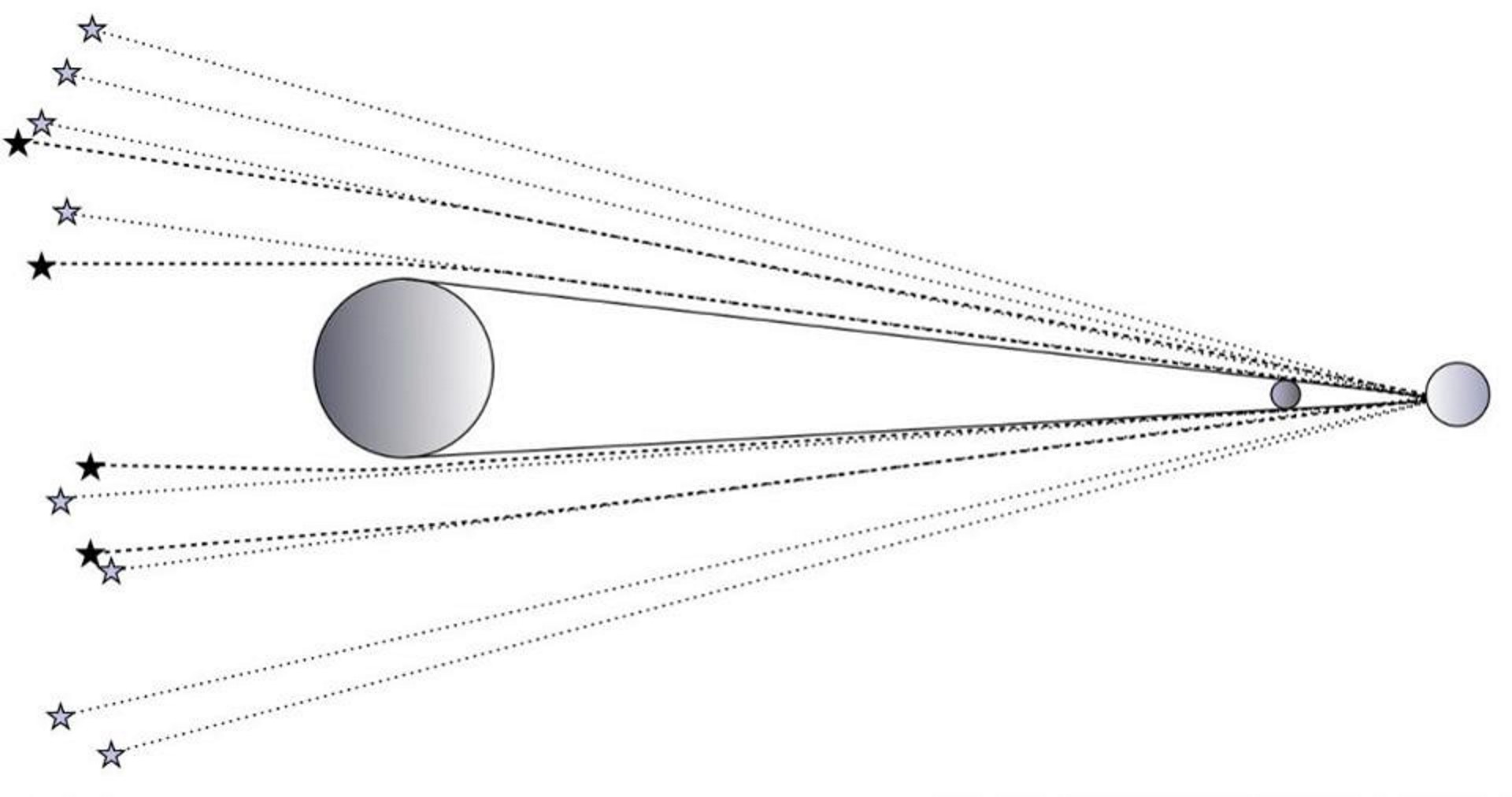
But the more famous version of that quote arises in a later writing: in Einstein’s 1931 book, Cosmic Religion and Other Opinions and Aphorisms. While speaking about the same topic — the 1919 eclipse and how it put General Relativity to such an important test — Einstein wrote the following:
“At times I feel certain I am right while not knowing the reason. When the eclipse of 1919 confirmed my intuition, I was not in the least surprised. In fact, I would have been astonished had it turned out otherwise. Imagination is more important than knowledge. For knowledge is limited, whereas imagination embraces the entire world, stimulating progress, giving birth to evolution. It is, strictly speaking, a real factor in scientific research.”
When Einstein talks about imagination — at least, in this particular context — he’s talking about the ability to “imagine” what will happen in various physical circumstances that have yet to be tested. The thing he was imagining was the answer to a specific question in theoretical physics: “How will the light from these distant objects behave and appear when it passes by the totally eclipsed Sun?” According to Einstein’s theory, you’d get one answer, while according to Newton’s, you’d either get half of the Einsteinian prediction or simply none at all. The result, as we swiftly discovered after the critical measurements were taken, agreed with Einstein’s predictions.
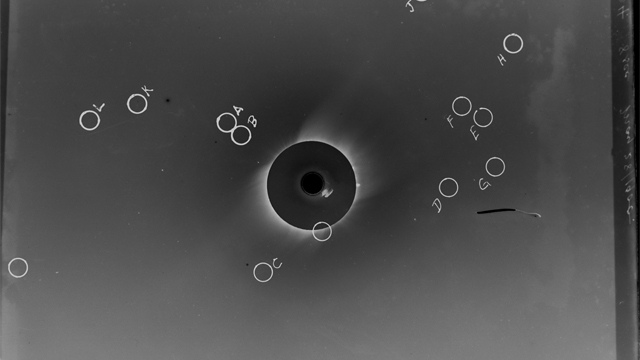
In other words, the word “imagination” is doing some heavy lifting in Einstein’s quote, standing in to mean “the predictions of a new theory that I am convinced will be proven to be correct, but that has not been generally accepted by others just yet.” Imagination, in Einstein’s mind, is shorthand for what’s since become known as a gedankenexperiment, or thought-experiment: simulating the consequences of a theory in a regime that’s yet to be tested. Imagination of that sort has led to a whole host of tests of relativity, including:
- the time-delay of light passing near sources of gravitation,
- the decay of binary pulsar orbits,
- the effects of frame-dragging on spinning objects in Earth’s orbit,
- and the existence and properties of gravitational waves,
where the imaginative predictions were all well-quantified far in advance of the observations/experiments.
Meanwhile, the “knowledge” that Einstein refers to — again, in this particular context — is the cold, agnostic knowledge of already well-established facts. It might add up to the full suite of knowledge that we have about our Universe at present, but it doesn’t venture beyond that: into the realm of what else must be out there as a yet-untested consequence of our best current theories. When Einstein says, “Imagination is more important than knowledge,” he’s encouraging people to look beyond the current, conservative frontiers of what we know and into the realm of what we’re compelled to explore next.
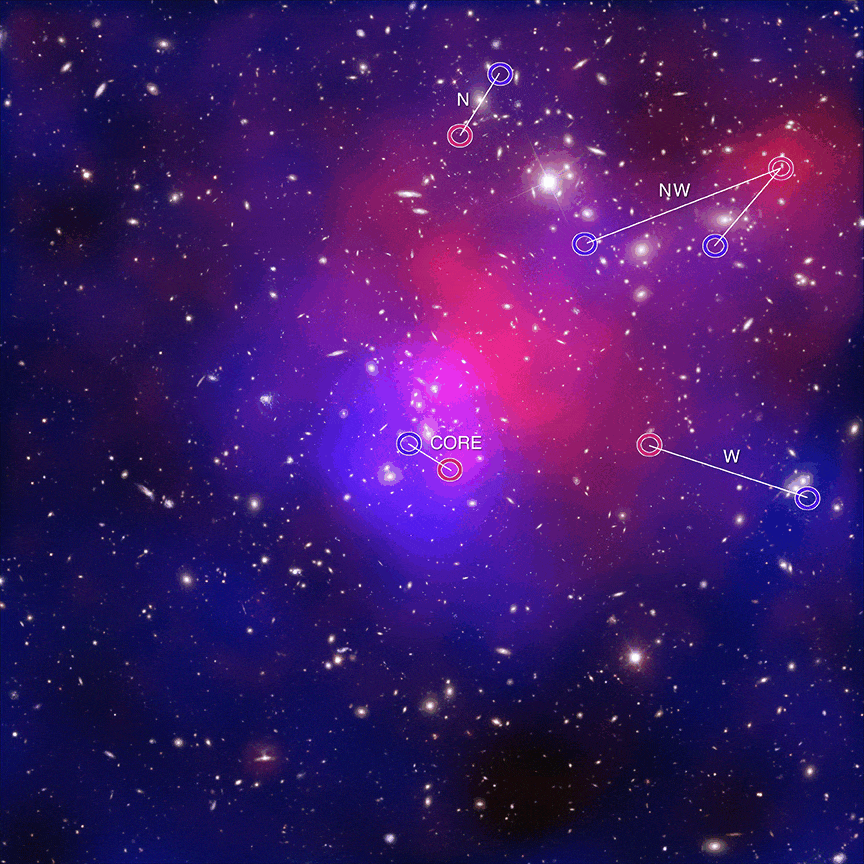
To Einstein, knowledge is the prerequisite: if you want to speak intelligently about anything, you must know something of value about it. But that sort of knowledge is commonplace, and not all that valuable on its own. What’s far less common is to possess that expert-level knowledge — the sort of thing that anyone can learn with enough hard work — and to do something remarkable with it:
- to make the advance,
- or to realize where it leads,
- or to uncover a novel application or implication,
that no one else has yet done. Einstein himself did this when thinking about following a light wave, leading to special relativity, and then again when thinking about gravitation and acceleration, leading first to the equivalence principle and later, down the road, to General Relativity and all that it brings with it.
To pretend that “Imagination is more important than knowledge” means “I don’t need to know or accept those pesky, annoying facts; I have my imagination” is to place sparkly decorations atop a rotten intellectual foundation. In order for your imagination to take you to worthwhile places, you need that sturdy foundation of knowledge to build it upon. Otherwise, your intellectual flights-of-fancy might lead you to fantastical places, but any relationship to the real world that we actually inhabit will be purely coincidental in nature.
https://bigthink.com/starts-with-a-bang/einstein-famous-quote-misunderstood/?fbclid=IwAR1a9JI_B1J4aA4-9TnfB5FChwM2fLeH1JtkG4GyL-LbEvr_iAIB8JhzumU
